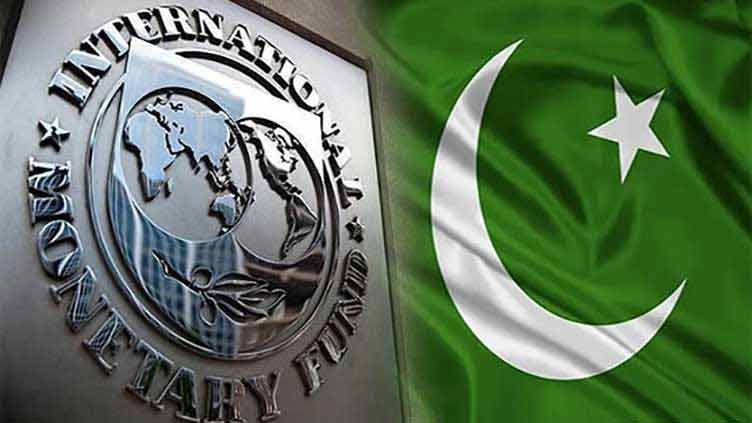According to an official statement published by an International Monetary Fund team led by Nathan Porter, the IMF secured a staff-level agreement with Pakistan on the second and final assessment of the country’s stabilisation programme, which is funded by the IMF’s US$3 billion (SDR2,250 million) SBA loan.
The deal is subject to confirmation by the IMF’s Executive Board, following which the remaining SBA access of US$1.1 billion (SDR 828 million) will become accessible.
Porter claimed that “Pakistan’s economic and financial situation has improved in the months since the first review, with growth and confidence continuing to recover as a result of prudent policy management and the resumption of inflows from multilateral and bilateral partners.” However, growth is expected to be modest this year, and inflation remains well above target. Continued policy and reform efforts are required to address Pakistan’s deep-seated economic vulnerabilities in the face of ongoing challenges posed by elevated external and domestic financing needs and an unsettled external environment.”
According to the IMF’s official statement, “the new government is committed to continuing the policy efforts that began under the current SBA to establish economic and financial stability for the remainder of this year.” In particular, the authorities are determined to deliver the FY24 general government primary balance target of PRs 401 billion (0.4 percent of GDP), with further efforts to broaden the tax base, and to continue with the timely implementation of power and gas tariff adjustments to keep average tariffs consistent with cost recovery while protecting the vulnerable through the existing progressive tariff structures, thus avoiding any net circular debt (CD) accumulation. The State Bank of Pakistan remains dedicated to implementing a prudent monetary policy to reduce inflation while also ensuring exchange rate flexibility and transparency in FX market operations.
In addition, Pakistan expressed interest in a successor medium-term Fund-supported programme aimed at permanently resolving Pakistan’s fiscal and external sustainability weaknesses, strengthening its economic recovery, and laying the groundwork for strong, sustainable, and inclusive growth.
While these discussions are scheduled to begin in the next few months, important objectives will be included.

 Latest News36 mins ago
Latest News36 mins ago
 Latest News30 mins ago
Latest News30 mins ago
 Latest News16 mins ago
Latest News16 mins ago
 Latest News22 mins ago
Latest News22 mins ago
 Latest News11 mins ago
Latest News11 mins ago
 Latest News7 mins ago
Latest News7 mins ago










